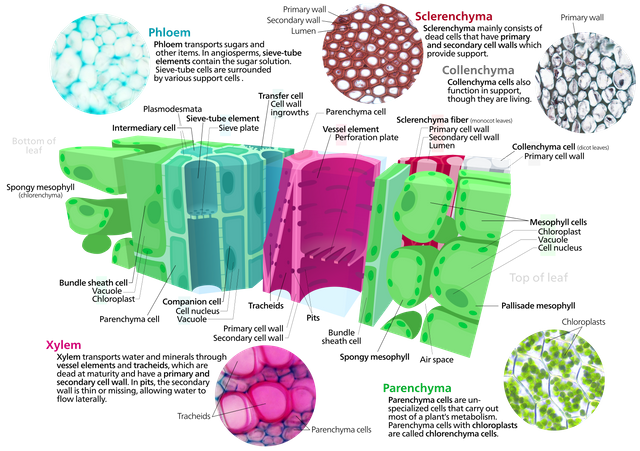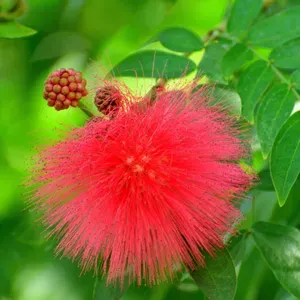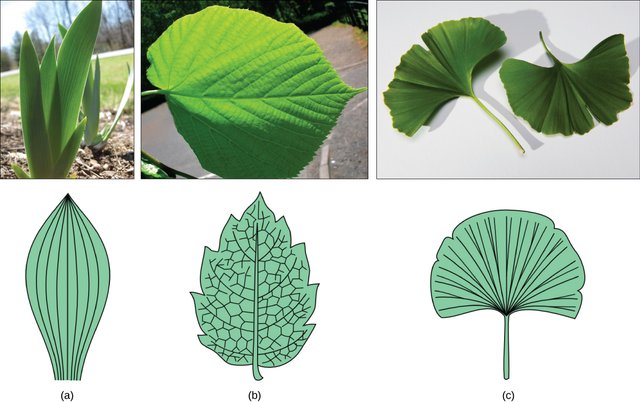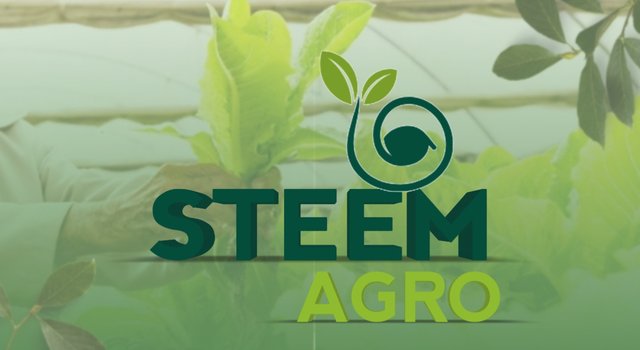Basic Knowledge in Agriculture #4
Greetings friends of Steemit and Steem-Agro
| Briefly explain 3 causes of early crop growth damage. |
|---|
Root leion nematodes are tiny microscopic worms about half a millimeter in length that feed and reproduce in plant roots. This can lead to large yield losses in intolerant seral and pulse crops two important species of root leion nematodes are pratal lenus thorny and penus neglectus either species may be found separately or together in mixed populations. Nematodes invade the roots of growing plants when nematode numbers are high.
This can cause damage to the roots and affect nutrients and moisture.
| Mention 5 importance of nursery pots in plant early growth? |
|---|
The best pot for your succulents are the ones with drainage holes at the bottom. Adding lava rock at the bottom is also a good way to increase drainage this prevents soil from spilling out and also creates crevices for excess water to drain into.
The size of the pot also matters when it comes to a succulent pot. Avoid pots that are too big as this might hold too much water and cause root rot. Pots that are too small on the other hand can cause roots to compress which means your succulents won't be able to grow as it is supposed to do to keep your succulents healthy and growing make sure to use a properly sized vessel. Ideally the right size pot has a circumference that's about 10 percent larger than the size of your plant or has no more than an inch or two of extra room around the sides. Consider the depth and length of the plant as too deep or too tall will most likely contain a massive amount of soil or retain moisture more than your plant can handle which can be really harmful to their health.
Pots are available in various materials, most commonly recommended ones for succulents are pots that are made out of either terracotta or ceramic, both of which are porous and breathable. Promoting proper water drainage and air circulation for your succulents.
| Briefly mention 3 differences between monocotyledon and dicotyledon plants |
|---|
| Monocotyledon | Dicotyledon |
|---|---|
| Embryo possesses only a single cotyledon. | Embryo possesses two cotyledons. |
| The reserve food is stored inside the endosperm.. | The reserve food is stored either in Ctyledon or inside the endosperm. |
| Embryo is placed at one corner of the seed. | Embryo is placed in the centre of seed. |
| The radicle and plumule are protected by a protective sheath. | The radicle and plumber are not covered by protective sheaths. |
| Name 5 examples of monocotyledon and dicotyledon plant |
|---|
| monocotyledon | dicotyledon |
|---|---|
| Corn | Sunflower |
| Onion | Goma mela |
| Coconut | Tomato |
| Bamboo | Beans |
| Pineapple | Carrot |
Thank you for reading my post.
I would like to invite three fellow Steemians to participate in the contest
@chiagoziee
@ahsansharif
@georgitsachev



Welcome to steem-agro!
MODs Comment/Recommendation:
interesting participation through your great information about the knowledge of agriculture. And I like your participation. But always remember to engage with other users through your commendable comments. Wishing you good luck
Remember to always share your post on Twitter using these 3 main tags #steem #steemit $steem

0.00 SBD,
0.05 STEEM,
0.05 SP
Thank you for verifying my post and feedback.
X Link
https://x.com/Saha_tweet/status/1857442834661421384